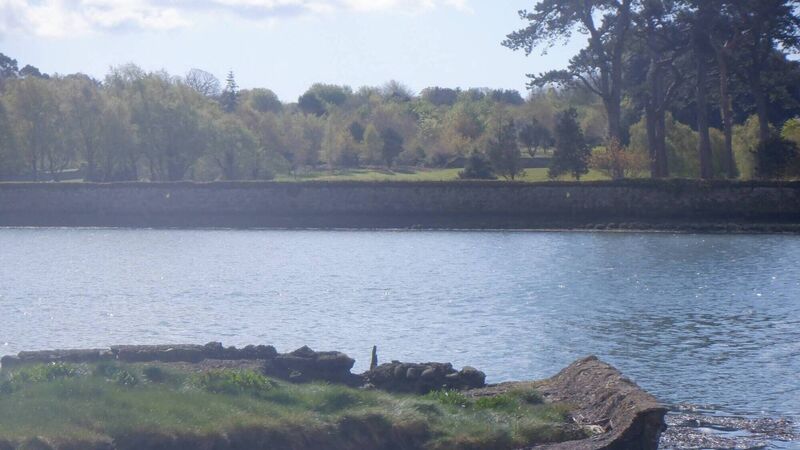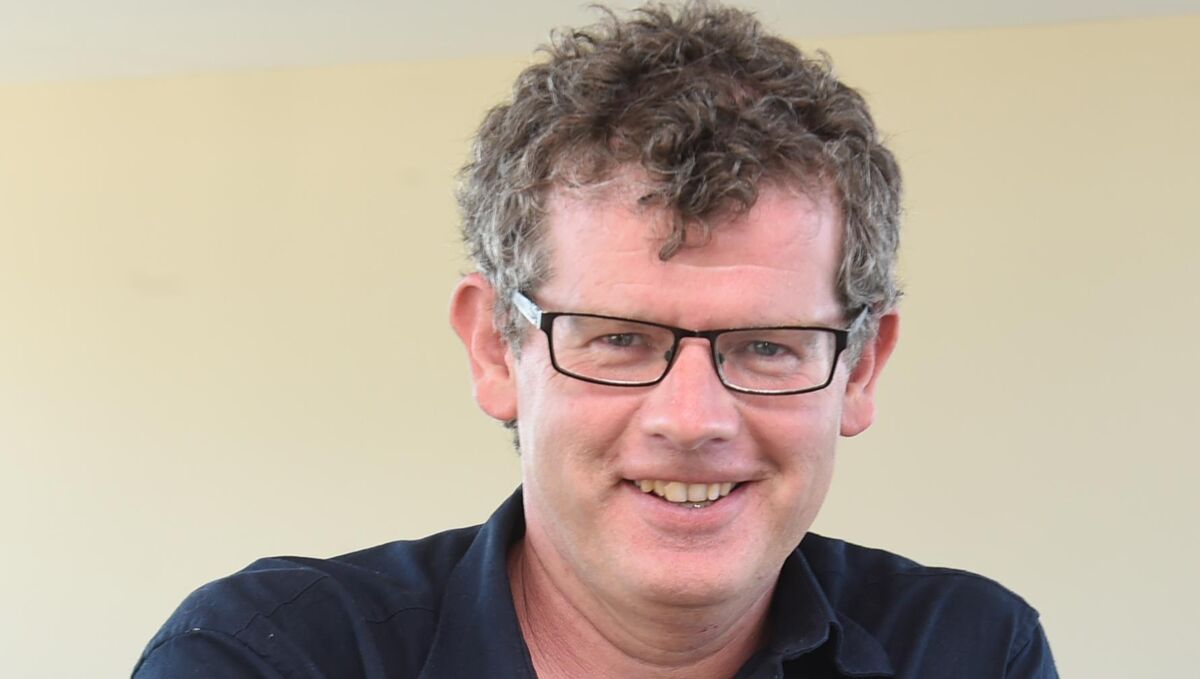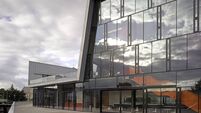Islands of Ireland: How now, Brown Island?

Ruins of a pier at Brown Island on the Slatty Water, opposite Fota Island on the N25. Picture: Dan MacCarthy
WHEN a small unpopulated island stands in the way of a major infrastructural project there is only going to be one winner.
Such was the fate of Brown Island between Cork City and Cobh in the 1980s when a major arterial road was
constructed to link Cork with Rosslare.
To cater for huge volumes of traffic between the southern capital and the east, an 11km stretch or roadway known as the East Cork Parkway of what would become the N25 was built at a cost of €60m. The road bisected, if not dissected, Brown Island, and to a lesser extent Harper’s (or Harpur’s) Island as it coursed across the mudflats and low-lying islands. Difficult engineering problems presented themselves, not least the preservation of around 30,000 waterfowl comprising 35 species. The roadworks didn’t affect the birds as Harper’s Island is now a thriving nature reserve with Brown Island receiving some of its visors, particularly
wigeon and lapwing.
The project manager at the time declared ”the integration of this route into the estuarine landscape was a challenge and the line was selected to cause minimum conflict with amenity, natural resources and existing land use”.

The developers were careful to construct underpasses and holts for the otters in the area as the road impinged on their habitats. The planned concreting by the OPW of the River Bride in Blackpool, 10km west of Brown Island, will destroy otter habitats. How times change. A campaign group, Save our Bride Otters, has been set up to save the Bride and its wildlife habitats.
The area between the motorway and Fota Island is known as the Slatty water with the Slatty Bridge linking Fota to the mainland. Perhaps the attraction of Brown Island is not in the arrival but in the getting there. A simply beautiful kayak at high tide from near the entrance to Fota Island to Brown Island is possible. Pass under the huge exotic trees, in a scene that could be likened to Africa, where herons roost and myriad species of birds frolic. Be careful to only venture here at high tide, for if you are caught more than two hours after high tide a bath of monstrous muck awaits.
The ruins of a concrete pier is the only sign today that Brown Island had any human activity. The 1837 Ordnance Survey map depicts a house with two out buildings but these are either covered in masses of
foliage now, or were pulverised during the construction of the road. As for its status of it being an island, yes, it is connected to the mainland now by means of the N25 but access is absolutely impossible from the road due to traffic.
The only reasonable access is by boat rendering it an island according to the criteria of this column.
The initial island as shown on the old maps looks nothing like its current incarnation. In fact, today’s Brown island is like a mini-archipelago in its own right with several pieces cut off from the main part.
The predominant sound, apart from the traffic here, is of animals from Fota’s Wildlife Park. Among its plentiful species of animals, the park has howler monkeys from Bolivia. They are capable of swimming, so if ever they manage to escape their cages they could set up home on Brown Island. Voices from the Fota golf course similarly drift over the water.
There is another Brown Island just 4km to the east, to the north of Great Island — an unusual occurrence to have two islands of the same name so close. There are others in Kenmare River and Lough Leane,
Killarney.
This Brown Island is one of about 12 in the harbour. Former islands such as Rat and Weir have been swallowed by other
islands or the mainland.
Brown Island is pretty much forgotten about nowadays. Where once it was divided into eight fine fields with a pretty house by the shoreline, now it is not much more than a motorway support. Pools of filthy water gather around its shores and its satellites and the ubiquitous plastic has taken roost likes the herons of Fota. And yet …

Unlimited access. Half the price.
Try unlimited access from only €1.25 a week
Already a subscriber? Sign in
CONNECT WITH US TODAY
Be the first to know the latest news and updates









